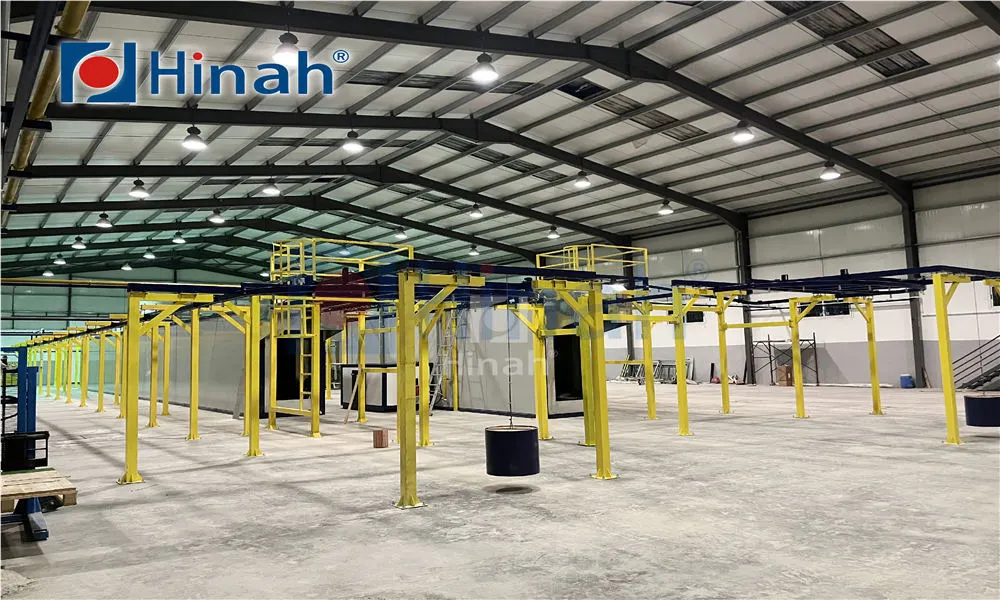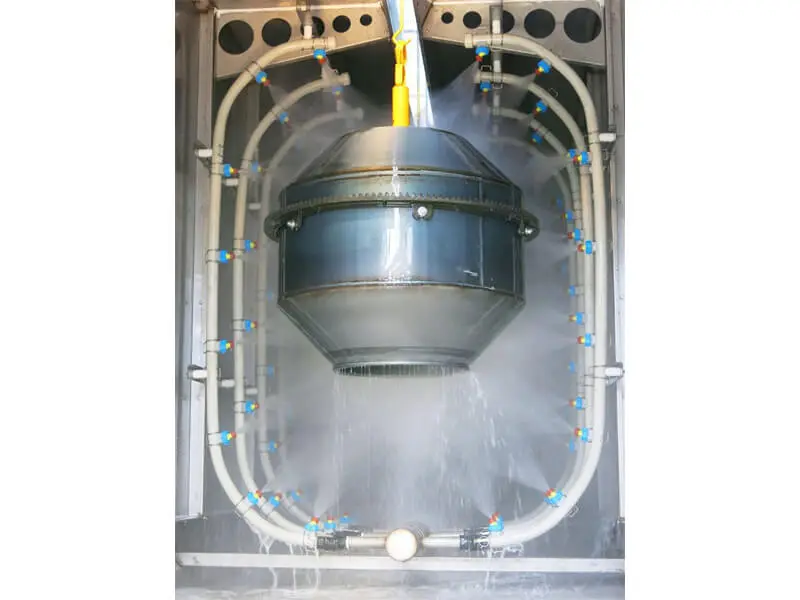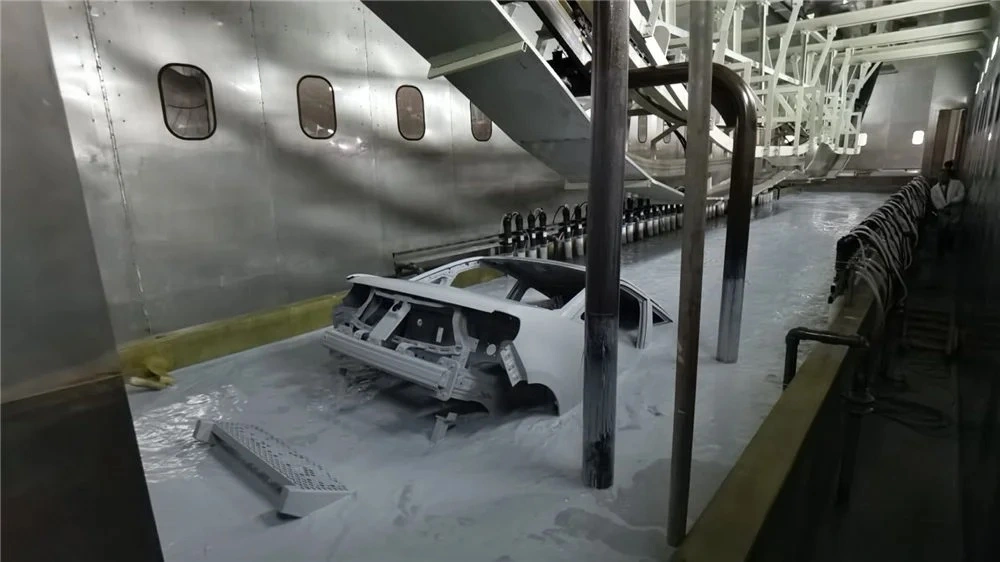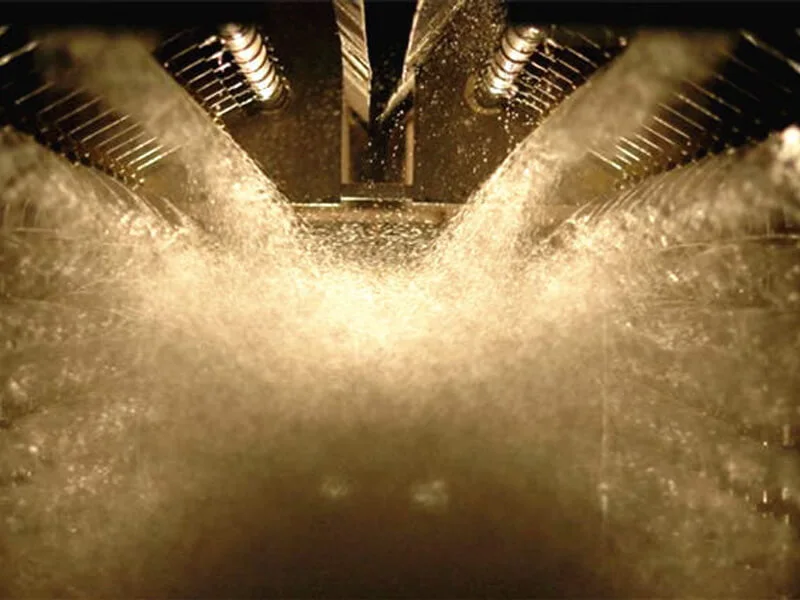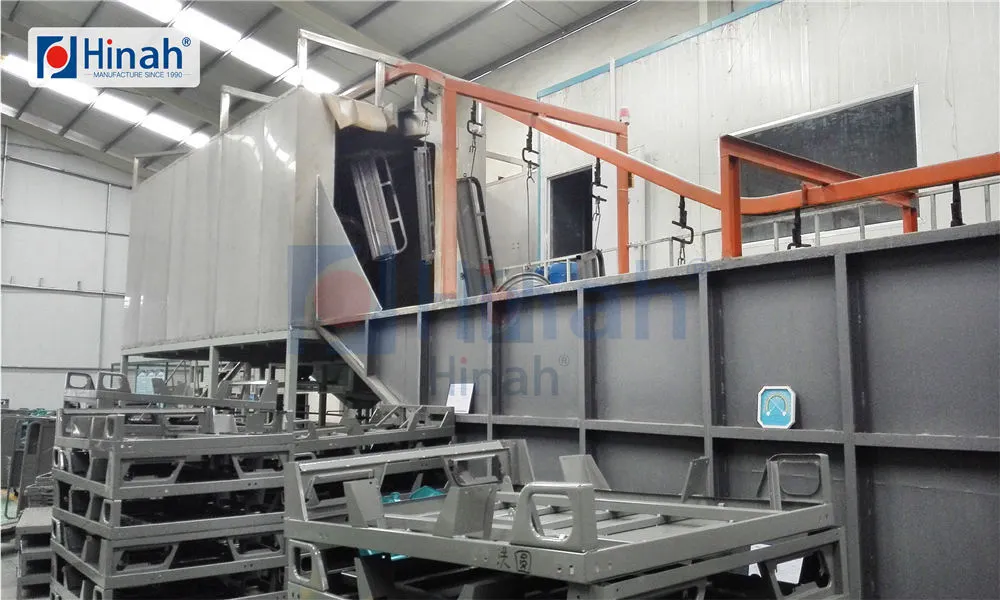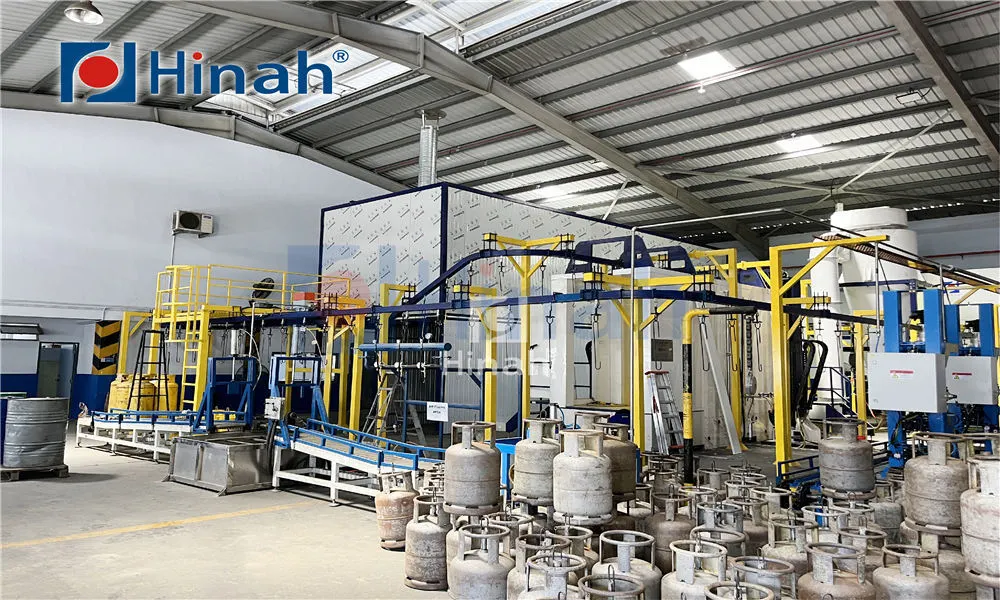In the world of industrial manufacturing and metal finishing, achieving a durable, high-quality, and corrosion-resistant coating is paramount. Among the various technologies available, the ED coating process stands out as a highly efficient and effective method. Also universally known as Electrocoating (E-Coat), this electrophoretic process is a cornerstone of modern finishing systems for everything from automotive frames to household appliances. This deep dive will explore the intricacies of the ED coating process, its step-by-step application, and the common challenges faced in operation.
Whether you're an engineer, a project manager, or simply curious about industrial processes, understanding the ED coating process is key to appreciating the hidden protective layers on many metal products we use daily.
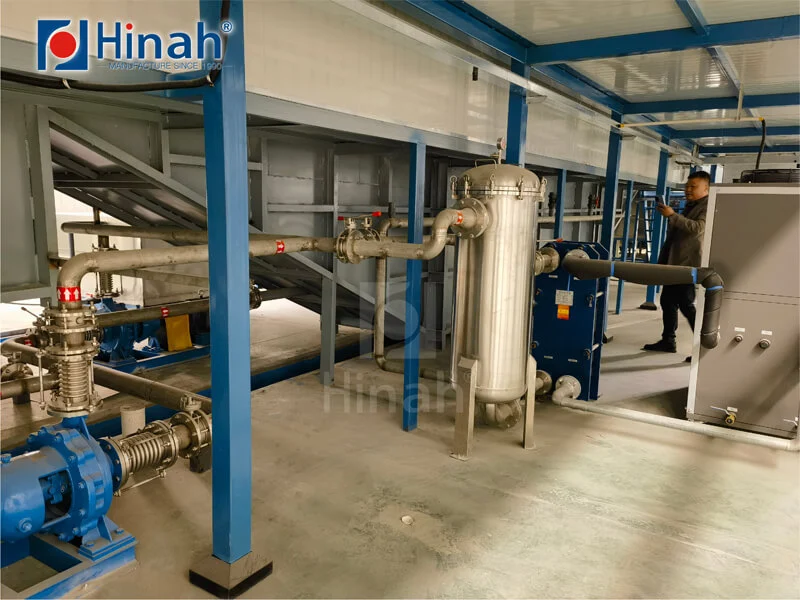
Understanding Electrocoating (E-Coat): The Science Behind the Process
Electrocoating (E-Coat) is an immersion-based coating application that uses electrical current to deposit paint onto a part or surface. It is a sophisticated form of cathodic electrodeposition, though anodic processes also exist. The fundamental principle is based on electrolysis.
The process begins with a water-based paint solution filled with charged particles of resin and pigment. When a direct current (DC) voltage is applied between a part (acting as an electrode) and a counter-electrode, the charged particles are drawn to the part. They then coagulate on the surface, forming an exceptionally uniform and continuous film.
The primary advantage of the ED coating process is its ability to coat complex shapes thoroughly, including recessed areas, edges, and welds, that other methods like spray painting might miss. This "throw-power" ensures complete coverage and unparalleled corrosion protection, making it a gold standard in industries where longevity is critical.
A Deep Dive into the ED Coating Process Steps
The success of the ED coating process hinges on a meticulously controlled sequence of stages. Each step is crucial for preparing the surface, applying the coating, and ensuring its final properties. Here is a detailed breakdown of the typical ED coating process steps:
1. Pretreatment: The Critical Foundation
Before any coating can occur, the metal substrate must be immaculately clean and properly prepared. Any contamination, oil, rust, or mill scale will prevent proper adhesion and lead to coating failure.
Cleaning: Parts are immersed in or sprayed with alkaline cleaners to remove oils, greases, and soils.
Rinsing: Multiple stages of rinsing with deionized water remove all cleaning chemical residues.
Surface Conversion: This is a vital chemical step. Parts are treated with a phosphate (for ferrous metals) or zirconium (for aluminum) conversion coating. This process microscopically etches the metal surface, creating a structure that dramatically improves the adhesion of the ED coating and enhances corrosion resistance.
Post-Rinse: Another thorough rinsing stage ensures no leftover conversion chemicals are dragged into the paint tank.
2. The Electrocoating Tank: The Main Event
This is the core of the ED coating process. The pretreated parts are immersed in a large tank filled with the e-coat bath.
Electrical Charging: The part is connected to an electrical rack, which charges it as one electrode (typically the cathode). Anodes are strategically placed around the tank.
Deposition: When voltage is applied (typically 100-400 volts DC), the charged paint particles migrate through the bath and are deposited onto the part's surface. The film thickness is self-limiting; as the layer builds, it electrically insulates the part, naturally slowing down further deposition. This allows for excellent control over the final film thickness.
3. Post-Rinse: Recovering Overspray (Without the Spray)
After the parts emerge from the tank, they carry a wet, loosely adhered film of excess paint, known as "drag-out."
Ultrafiltration (UF) Rinse: This is a unique and eco-friendly aspect of the ED coating process. The bath is continuously circulated through an ultrafiltration system that separates water and dissolved salts from the paint solids. This purified permeate water is then used in a series of rinse stages to wash the drag-out back into the system, recovering over 99% of the paint. This maximizes material utilization and minimizes waste.
4. Curing: Locking in the Protection
The rinsed parts are not yet fully cured. The coating is a thermoset polymer that requires heat to cross-link and achieve its final physical properties.
Baking: Parts pass through a controlled oven or baking zone, typically at temperatures between 300-400°F (150-200°C) for 20-30 minutes. This baking process drives off water and volatiles, causing the coating to flow and chemically cure into a hard, continuous, and incredibly durable finish.
The Multifaceted Advantages of Implementing ED Coating
Why has the ED coating process become so dominant in heavy industry? The benefits are numerous and significant:
Unmatched Uniformity and Corrosion Resistance: The electrophoretic deposition ensures complete coverage, even on complex geometries, eliminating thin spots. This results in exceptional protection against salt spray and humidity, often exceeding 1000 hours of neutral salt spray testing.
Superior Efficiency and Material Usage: The ultrafiltration rinse system allows for near-total paint recovery, achieving transfer efficiencies of 95-98%. This drastically reduces waste and material costs compared to spray processes.
Environmental, Health, and Safety (EHS) Benefits: Modern E-Coat paints are water-based, containing very low levels of volatile organic compounds (VOCs) and hazardous air pollutants (HAPs). This makes them safer for workers and more environmentally friendly.
Automation and Labor Savings: The entire ED coating process is highly automated, from the overhead conveyors that move parts through each stage to the automated control of bath chemistry. This leads to consistent quality and reduced labor costs.
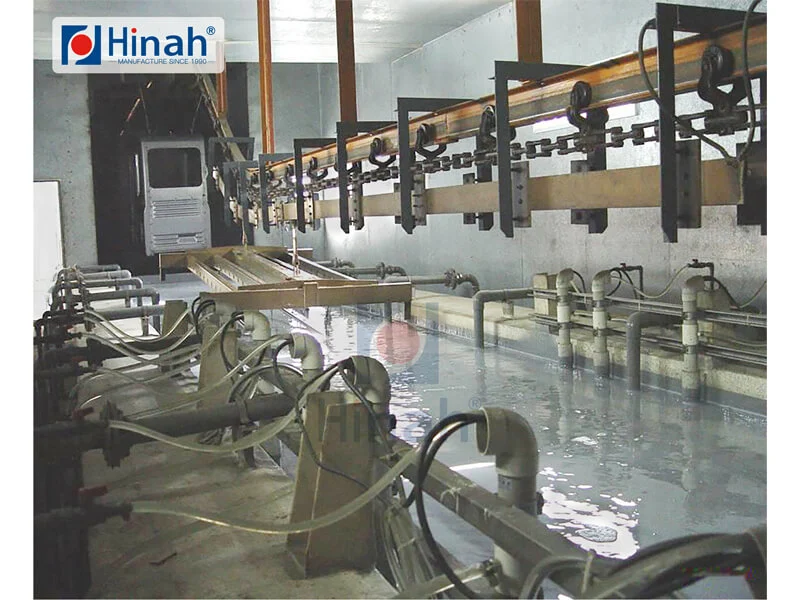
Common Problems and Challenges in the ED Coating Process
Despite being a robust and automated technology, the ED coating process is not without its potential issues. Maintaining consistent quality requires vigilant monitoring and control. Here are some of the most common problems encountered:
1. Poor Adhesion and Blistering
Cause: This is almost always traced back to inadequate pretreatment. Incomplete cleaning, rinsing, or conversion coating will prevent the ED coating from properly bonding to the metal substrate. Contamination of the surface before coating is another common culprit.
Solution: Rigorous control of pretreatment stages, including regular titration of chemical concentrations, monitoring rinse water conductivity, and verifying the quality of the phosphate/zirconium layer.
2. Film Thickness Irregularities
Cause: Incorrect voltage, bath temperature, or immersion time can lead to films that are too thin, too thick, or uneven. A too-thin film offers poor protection, while a too-thick film can cause cracking, poor flow, and hiding of details.
Solution: Strict process control and regular calibration of electrical systems, thermostats, and conveyor speed. Monitoring and adjusting the bath's solid content and pigment-to-binder ratio are also critical.
3: Cratering and Surface Defects
Cause: Cratering appears as small, round holes in the cured film and is often caused by oil or grease contamination, either on the part before coating or introduced into the bath itself.
Solution: Ensure parts are perfectly clean after pretreatment. Implement strict protocols to prevent oil leaks from conveyors or other equipment from entering the bath. Proper filtration of the e-coat bath is essential.
4. Bath Chemistry Imbalance
Cause: The ED coating bath is a living chemical system. As paint is deposited, its composition changes. Neutralization agents are consumed, and the ratio of pigments to resins can shift. An imbalance leads to poor performance, loss of throw-power, and aesthetic defects.
Solution: Implement a robust daily monitoring program. Key parameters like pH, conductivity, solid content, and pigment-to-binder ratio must be measured frequently. The bath must be fed with new paint and additives ("make-down") in a controlled manner to maintain equilibrium.
5. "Orange Peel" and Poor Flow
Cause: This texture issue, where the surface resembles the skin of an orange, can result from improper curing (too hot/too fast) or issues with the paint formulation itself.
Solution: Ensure the oven temperature profile is correct and that parts have adequate time to flow before fully cross-linking. Consult with the paint supplier to ensure the material is appropriate for the application.
Applications of ED Coating: Where is it Used?
The robustness of the ED coating process makes it ideal for a vast array of industries. Its primary function is as a primer, providing a foundational anti-corrosion layer, but it can also be used as a single coat in some applications.
Automotive: The quintessential application. Virtually every car and truck chassis, frame, engine components, and brake parts are E-Coated as a primary corrosion defense.
Appliances: The hidden internal frames of washing machines, refrigerators, dryers, and air conditioners rely on ED coating to prevent rust.
Heavy Equipment: Construction and agricultural machinery, exposed to the harshest environments, use E-Coat for longevity.
Furniture: Office furniture, filing cabinets, and metal shelving units often feature a durable ED coated finish.
Aerospace and Military: Many components requiring high reliability and corrosion resistance undergo a specialized ED coating process.
The ED coating process, or Electrocoating (E-Coat), remains one of the most technologically advanced and efficient methods for applying protective and decorative coatings to metal substrates. By understanding the detailed ED coating process steps—from meticulous pretreatment to controlled curing—manufacturers can leverage its full potential. While challenges like bath imbalance and contamination can occur, they are manageable with disciplined process control and monitoring.
As industries continue to demand higher performance, greater efficiency, and more environmentally sustainable solutions, the ED coating process is poised to remain a critical and evolving technology at the heart of metal finishing for decades to come. Its ability to provide unparalleled protection in an automated and efficient manner ensures its place on the production lines of the world's most quality-conscious manufacturers.


